Acute respiratory distress syndrome (ARDS) is a result of a viral pneumonia caused by the SARS coronavirus 2 (SARS-CoV-2) infection. Viral pneumonia and ARDS symptoms coexist in their presentations, making severe COVID-19 a hybrid condition. >R<
In patients who are severely sick, acute respiratory distress syndrome (ARDS) is a condition in which oxygen levels drop, fluid accumulates in the lungs, and positive pressure ventilation is required. Lung tissue damage from an unchecked inflammatory reaction is the cause of ARDS.
Fluid escapes into alveoli in ARDS because the epithelial cells lining the alveoli are no longer securely linked together. The gas exchange is halted as soon as the alveoli fill up with the spilled fluid. As a result, the amount of oxygen in the air is reduced, while the amount of carbon dioxide in the air increases.
In critical care units, ARDS goes unnoticed much too often. As many as 42% of patients with COVID-19 pneumonia and 61%–81% of those needing intensive care develop acute respiratory distress syndrome (ARDS). After the beginning of symptoms, the median time to intubation in Singaporean patients is 8.5 days. There have been earlier cases of ARDS developing on days 8 or 9 after the beginning of symptoms. Because of this, individuals with COVID19 infection should be closely monitored for the emergence of ARDS. >R<
Apart from the genetic component, there are several environmental and lifestyle factors that increase the susceptibility to ARDS, as well as some medical conditions: air pollution, age, right ventricular dysfunction, immunosuppression, alcohol abuse, and smoking can all contribute to ARDS.
Your report includes genetic components involved in a number of different viral recognition patterns in the body that recognize the virus and then trigger several different mechanisms of inflammatory cytokine release.
The body’s innate immune response must be managed so that it does not overwhelm it. Patients with COVID-19 may have “a variety of immunological reactions” as well as “the generation of cytokine storms in the body,” which may be linked to their very ill state if their infected lung cells aren’t removed.
